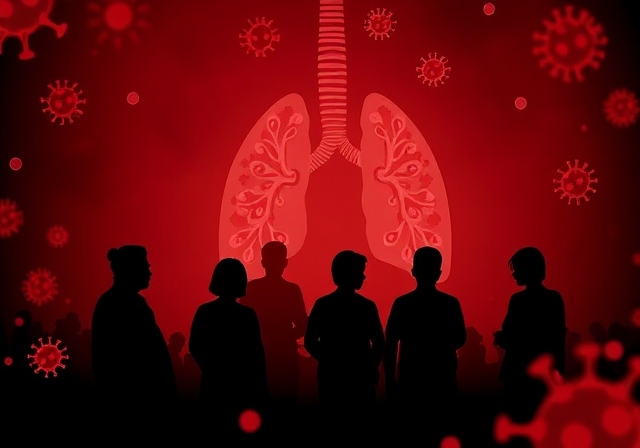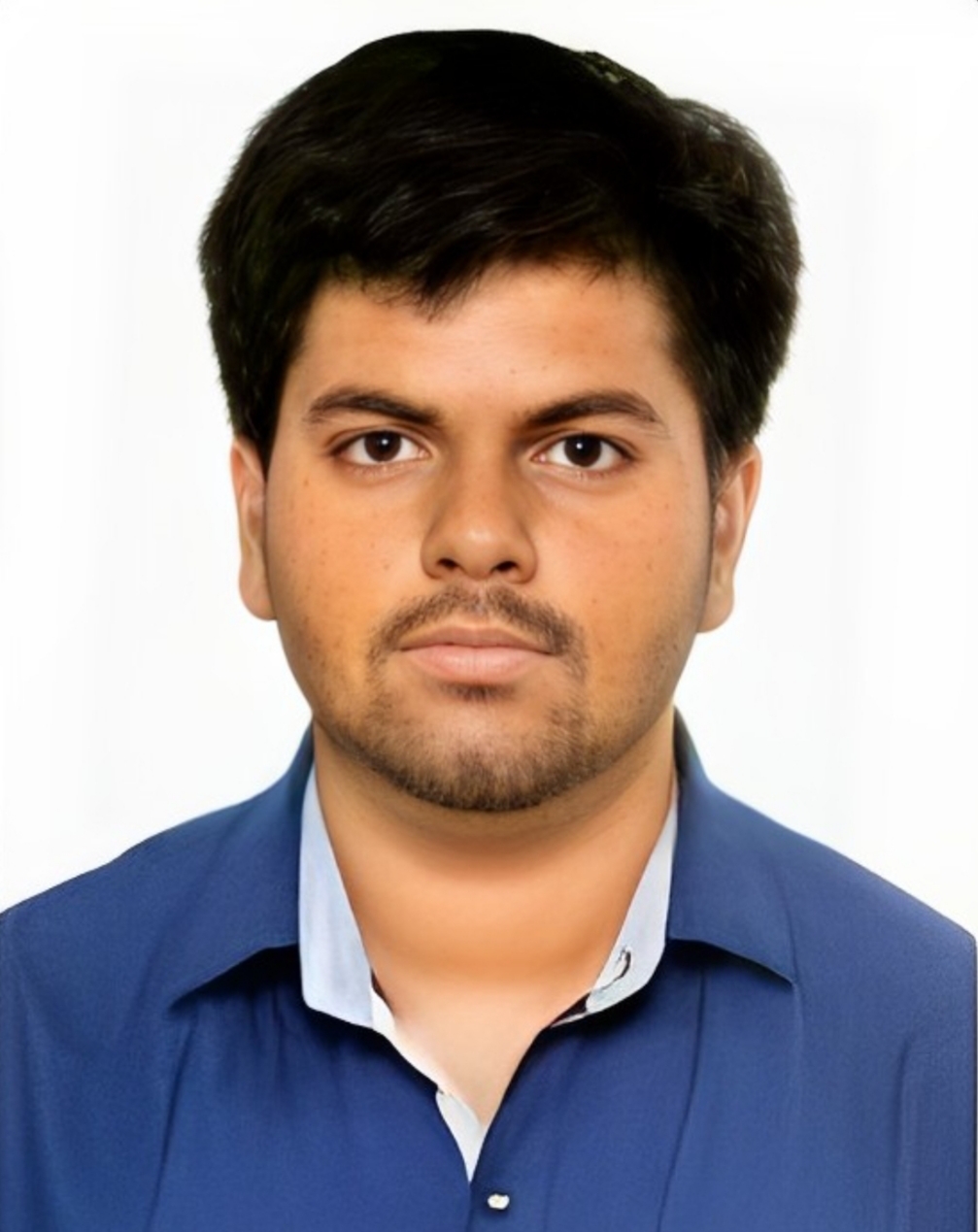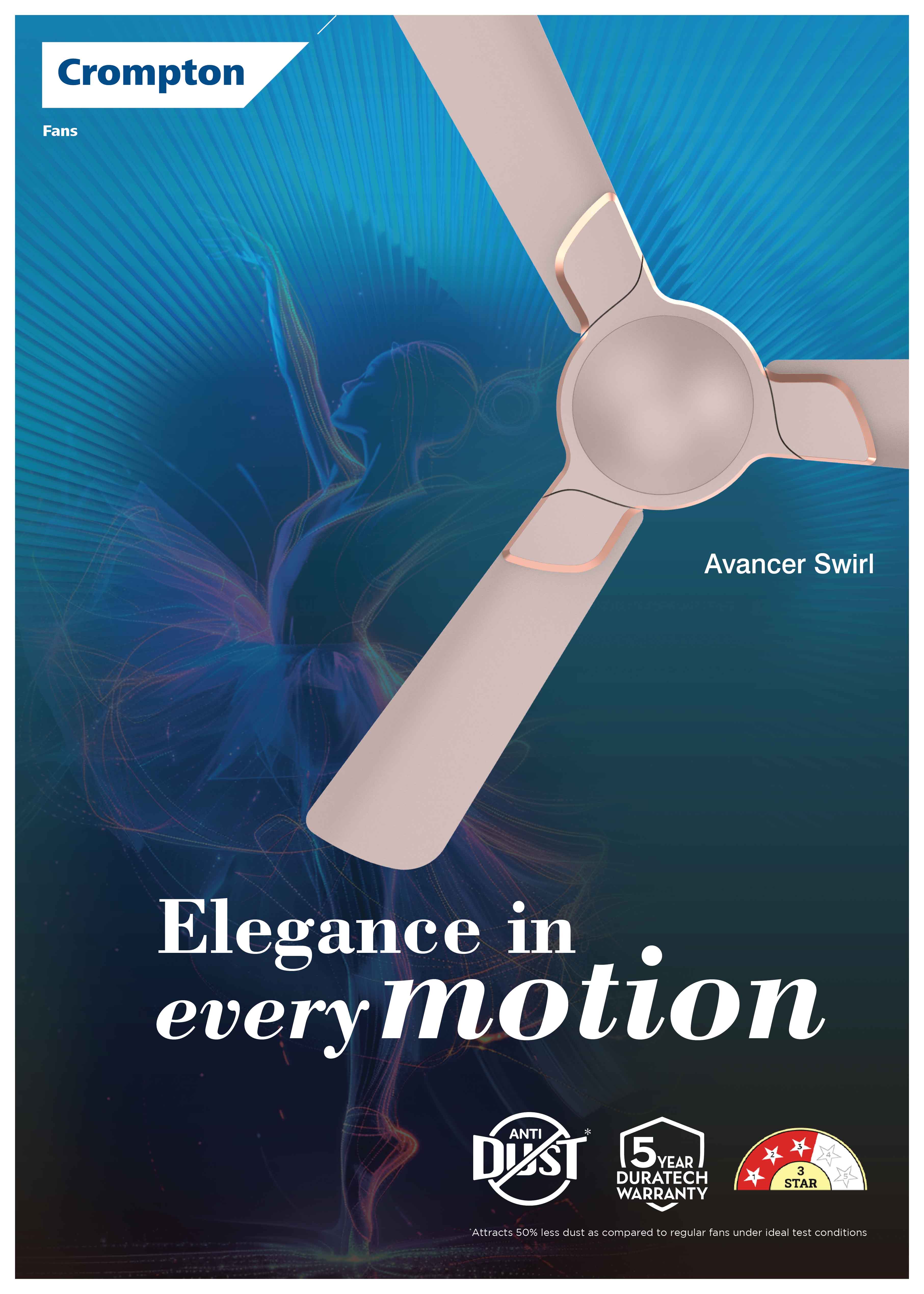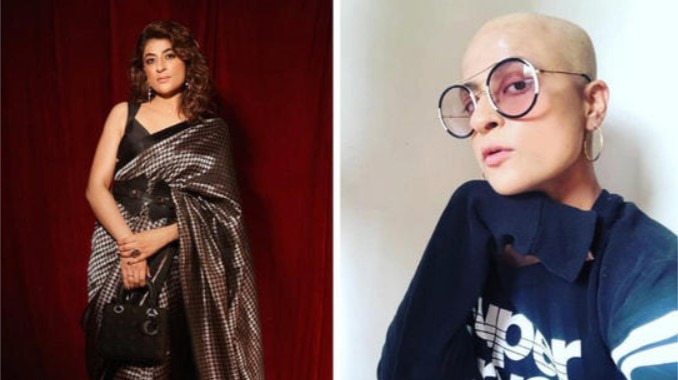The beginning of 2024 brought unsettling news as India reported its first few cases of Human Metapneumovirus (HMPV), a respiratory virus making headlines globally. While HMPV has existed for decades, its appearance in India has sparked discussions among health experts and the public alike. As new cases emerge in different parts of the country, it’s essential to understand what HMPV is, its potential risks, and how India is gearing up to tackle this viral threat.
On January 6, the Indian Council of Medical Research (ICMR) confirmed three cases of HMPV. Among these, two were infants in Bengaluru—a three-month-old and an eight-month-old—who were treated at a prominent hospital in the city. Both children recovered without any reported travel history, suggesting local transmission.
In another case, a two-month-old boy from Gujarat was diagnosed with the virus. Admitted to a private hospital in Ahmedabad, the infant displayed symptoms of respiratory infection. Health authorities confirmed these cases were identified during routine surveillance for respiratory illnesses, part of the ICMR’s broader initiative to track viral pathogens in the country.
What Is HMPV?
Human Metapneumovirus is an RNA virus discovered in 2001 by Dutch researchers. It belongs to the Pneumoviridae family and shares similarities with the Respiratory Syncytial Virus (RSV). HMPV primarily affects children, the elderly, and those with weakened immune systems. It causes respiratory infections ranging from mild cold-like symptoms to severe complications like bronchitis and pneumonia.
The virus spreads through respiratory droplets when an infected person coughs or sneezes. It can also transmit through close contact or touching contaminated surfaces. Although it has been around for decades, HMPV gained attention only recently due to a spike in cases globally.
HMPV manifests symptoms similar to the common cold, including:
• Fever
• Cough
• Runny nose
• Wheezing
In severe cases, it can lead to bronchitis or pneumonia, particularly in young children and older adults. Infants under five years and individuals with pre-existing respiratory conditions, such as asthma or chronic obstructive pulmonary disease (COPD), are at a higher risk.
While HMPV shares similarities with influenza and RSV, it is less lethal. Experts note that influenza viruses like H1N1 have historically posed greater threats. However, the recent rise in HMPV cases calls for vigilance, especially considering its ability to infect vulnerable populations repeatedly due to a weak immune response.
Unlike the COVID-19 pandemic, where the virus was unknown, HMPV is a well-documented pathogen. This prior knowledge provides a crucial advantage in managing outbreaks. According to the Union Health Ministry, HMPV accounts for approximately 12% of respiratory infections in children, underscoring its significance in paediatric healthcare.
Health authorities have assured the public that there is no unusual surge in respiratory infections. The National Centre for Disease Control (NCDC) is monitoring the situation closely and coordinating with international health agencies to track developments. The Centre has also stated that India’s healthcare system is better equipped to handle respiratory infections now than it was five years ago, thanks to the lessons learned from COVID-19.
What Experts Say
Dr. Atul Goel, Director General of Health Services, emphasized that HMPV is similar to other respiratory viruses and typically causes mild symptoms. However, he urged parents and caregivers to be cautious, especially during the winter months when respiratory illnesses peak.
Dr. Raman Gangakhedkar, a former ICMR scientist, reassured the public that there is no cause for alarm unless global health agencies detect a genetic mutation in the virus. He added that influenza viruses like H1N1 have historically been more lethal, which explains the limited focus on HMPV in research.
India’s HMPV cases coincided with reports of a significant outbreak in China, where the virus has been affecting children under 14 years at an alarming rate. The Chinese health authorities have implemented measures such as increased surveillance, hygiene protocols, and public awareness campaigns to contain the spread. These efforts have included encouraging mask usage, frequent handwashing, and avoiding crowded areas.
The rise of HMPV cases in China has led to the establishment of a dedicated monitoring system for respiratory illnesses. This system aims to enhance preparedness for future outbreaks of unknown pathogens, a move stemming from the shortcomings observed during the initial COVID-19 outbreak.
Although there is no vaccine for HMPV, preventive measures can significantly reduce the risk of infection. These include:
• Wearing masks in crowded places.
• Washing hands frequently with soap and water.
• Avoiding close contact with sick individuals.
• Maintaining proper ventilation in indoor spaces.
• Adopting a healthy lifestyle to strengthen immunity.
The emergence of HMPV cases in India serves as a reminder of the importance of robust healthcare systems and proactive surveillance. While the current cases are limited and mild, the situation underscores the need for:
1. Enhanced Monitoring: Regular surveillance to detect and track respiratory illnesses.
2. Public Awareness: Educating communities about preventive measures and symptoms.
3. Healthcare Accessibility: Ensuring timely medical care for vulnerable groups.
The arrival of Human Metapneumovirus in India is not a cause for panic but a call to stay informed and cautious. By learning from global experiences and leveraging our healthcare advancements, India can effectively manage this emerging health challenge.
As the world continues to battle various respiratory illnesses, public health efforts must focus on prevention, timely diagnosis, and comprehensive care. HMPV may not be as deadly as some of its viral counterparts, but it serves as a reminder of the ever-evolving landscape of infectious diseases.
By staying vigilant, adopting healthy practices, and supporting healthcare initiatives, we can navigate these challenges and ensure better health outcomes for all

 As the world continues to battle various respiratory illnesses, public health efforts must focus on prevention, timely diagnosis, and comprehensive care
As the world continues to battle various respiratory illnesses, public health efforts must focus on prevention, timely diagnosis, and comprehensive care










.jpeg)

.jpg)


.jpeg)
.jpeg)


.jpeg)
.jpg)





.jpeg)


